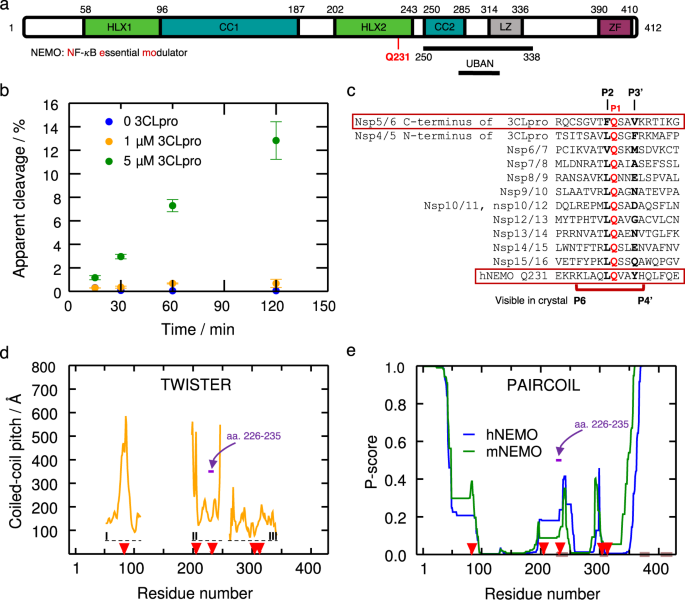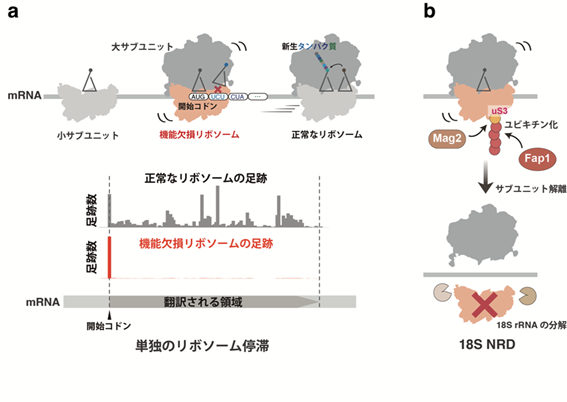2022-09-15 スウェーデン王国・王立工科大学(KTH)
ウイルスの予防テストは、実験室で数種類の細胞に対して行われた。
この潤滑剤は、人体で作られる粘液の主成分であるムチンを原料としているが、ハイドロゲルの製造には、精製したウシ由来のムチンを供給している。
体内では、ムチン分子がウイルス粒子に結合して捕捉し、活発な粘液のターンオーバーによって排出される。この合成ゲルは、この自己修復機能を再現したもので、粘液の潤滑性と感染予防を可能にする重要な材料特性である。
合成ゲルに含まれるムチンには、免疫細胞の活性化を弱める働きもある。活性化した免疫細胞はHIVの複製を刺激する。
<関連情報>
- https://www.kth.se/en/om/nyheter/centrala-nyheter/mucus-based-lubricant-proves-highly-effective-against-hiv-and-herpes-1.1191313
- https://onlinelibrary.wiley.com/doi/10.1002/advs.202203898
自己修復性を有する合成ムチンゲルは潤滑性を高め、HIV-1およびHSV-2の感染を抑制する Synthetic Mucin Gels with Self-Healing Properties Augment Lubricity and Inhibit HIV-1 and HSV-2 Transmission
Martin Kretschmer,Rafael Ceña-Diez,Cosmin Butnarasu,Valentin Silveira,Illia Dobryden,Sonja Visentin,Per Berglund,Anders Sönnerborg,Oliver Lieleg,Thomas Crouzier,Hongji Yan
Advanced Science Published: 14 September 2022
DOI:https://doi.org/10.1002/advs.202203898

Abstract
Mucus is a self-healing gel that lubricates the moist epithelium and provides protection against viruses by binding to viruses smaller than the gel’s mesh size and removing them from the mucosal surface by active mucus turnover. As the primary nonaqueous components of mucus (≈0.2%–5%, wt/v), mucins are critical to this function because the dense arrangement of mucin glycans allows multivalence of binding. Following nature’s example, bovine submaxillary mucins (BSMs) are assembled into “mucus-like” gels (5%, wt/v) by dynamic covalent crosslinking reactions. The gels exhibit transient liquefaction under high shear strain and immediate self-healing behavior. This study shows that these material properties are essential to provide lubricity. The gels efficiently reduce human immunodeficiency virus type 1 (HIV-1) and genital herpes virus type 2 (HSV-2) infectivity for various types of cells. In contrast, simple mucin solutions, which lack the structural makeup, inhibit HIV-1 significantly less and do not inhibit HSV-2. Mechanistically, the prophylaxis of HIV-1 infection by BSM gels is found to be that the gels trap HIV-1 by binding to the envelope glycoprotein gp120 and suppress cytokine production during viral exposure. Therefore, the authors believe the gels are promising for further development as personal lubricants that can limit viral transmission.


